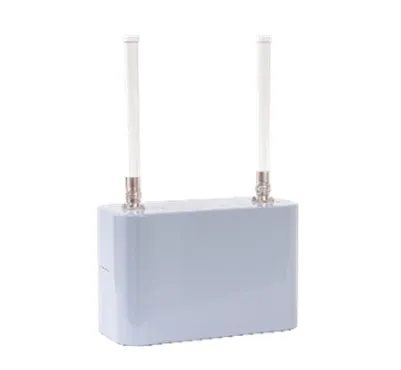
Kyocera Corporation is showing off a number of its sensors and imaging solutions Japan’s Automotive Engineering Expo 2022 in Yokohama this week.
These include smart Vehicle to Infrastructure (V2I) roadside units (RSUs) designed for installation on utility poles and traffic lights at intersections with poor visibility.
They collect information from road infrastructure, such as pedestrian and vehicle locations and traffic light information, and wirelessly communicate the details to vehicles and bicycles.
In addition, the smart V2I RSUs can connect sensors, such as cameras and other devices, and transmit blind-spot information to alert drivers.
Kyocera is also demonstrating a hologram of an autonomous bus equipped with stereo cameras, millimeter-wave radar and peripheral detection cameras, as well as a vehicle electronic control unit (ECU) jointly developed with Advanced Smart Mobility Co.
It will display two new critical image technologies: the Driving Visibility Expansion System, which displays the most suitable view for the driver and shows the presence of pedestrians, including side- and rear-view angles; and its Optical Camouflage Technology, developed in collaboration with Professor Masahiko Inami of the University of Tokyo Advanced Science and Technology Research Center, which reduces blind spots by making dashboards and pillars appear transparent.









